What Are Altcoins? 7 Different Types with Examples
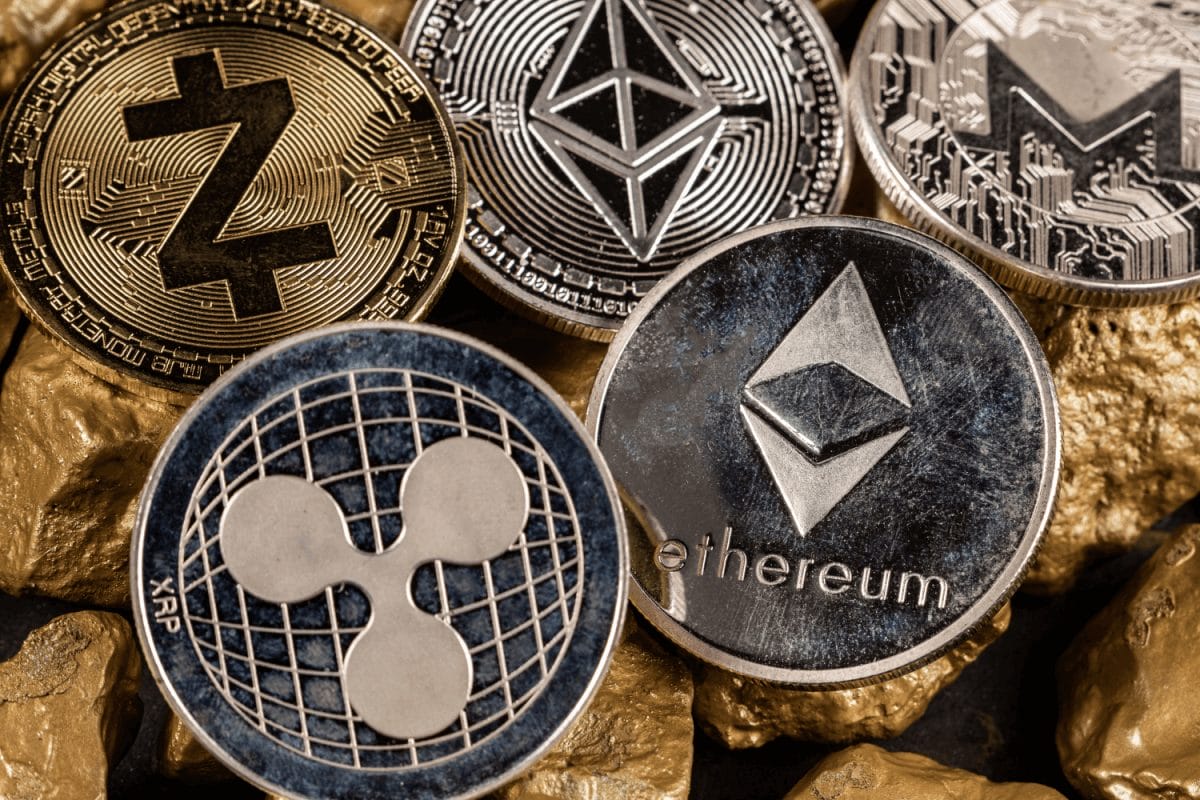
Almost all of today’s cryptocurrencies are altcoins, but what are altcoins? An altcoin — or alternative coin — refers to any cryptocurrency besides Bitcoin.
However, many see altcoins as any cryptocurrency besides the big two, Bitcoin and Ethereum, which together comprise over 70% of the crypto market value. Altcoins encompass thousands of other cryptocurrencies, many of which aren’t as obscure as the term altcoin might suggest.
At the time of writing, Solana, a leading altcoin, boasts a $58 billion market capitalization. Ripple (XPR), another altcoin with a devoted community, has a total market value of nearly $36 billion. Each has made scores of altcoin millionaires throughout their meteoric rise.
In this guide, we’ll discuss seven types of altcoins and how they fit into a growing cryptocurrency market. First, let’s discuss how altcoins came to be and some of the earliest examples.
Altcoins Explained: Alternatives to Bitcoin
In the beginning, there was Bitcoin, the first cryptocurrency to achieve viability. By the most commonly used definition, all other cryptocurrencies are altcoins, including Ethereum, which is the second largest crypto by market cap. They’re usually used as alternatives to Bitcoin and fiat money.
Today’s top altcoins include the following:
- Ethereum (ETH): Ethereum brought improved support for smart contracts, which are computer programs that run on the blockchain.
- Tether (USDT): The Tether token is pegged to the value of the US dollar and remains one of the most popular stablecoins.
- BNB (BNB): Launched by Binance, the world’s largest crypto exchange, BNB is the token for the BNB Smart Chain (BSC).
- Solana (SOL): The Solana network is known for speed, with up to 65,000 transactions per second. The SOL token powers the network.
- Ripple (XRP): The XRP coin is the native cryptocurrency of the Ripple network.
- USDC (USDC): Like USDT, US Dollar Coin is pegged to the value of the US dollar.
- Cardano (ADA): The Cardano network uses ADA as its native token and enjoys a loyal following.
- Dogecoin (DOGE): Started as a joke in 2013, the dog-themed Dogecoin remains popular today.
A Brief History: The Origin of Altcoins
Bitcoin launched in January of 2009, although its long-term viability wasn’t yet known. Some pre-Bitcoin projects include eCash, B-money, Bit Gold, and Hashcash, all of which influenced the creation of Bitcoin, making the Bitcoin network as evolutionary as it was revolutionary. However, none of them quite took off.
The coming years would bring several notable altcoins, many of which are still around today. Several also paved the way for future projects.
Let’s explore some of the most important examples of the first altcoins.
- Namecoin (2011): The Namecoin blockchain was Bitcoin’s first code fork and centers on censorship resistance by providing decentralized domain name servers (DNS).
- Litecoin (2011): Also developed as a fork of Bitcoin’s code, Litecoin aimed to address speed and cost concerns associated with Bitcoin.
- Peercoin (2012): The Peercoin blockchain was the first to use proof of stake (PoS) as its consensus mechanism. Ethereum later adopted PoS as its method of validating transactions in 2022 after first using proof of work (PoW).
- Ripple (2012): XRP, the native cryptocurrency of the Ripple network, is used to settle cross-border payments.
- Dogecoin (2013): The still-popular DOGE memecoin was a fork of Luckycoin, which itself was a fork of Litecoin.
- Tether (2014): While not the first stablecoin, Tether is the oldest stablecoin still in use.
- Ethereum (2015): The launch of the Ethereum blockchain ignited a Defi industry based on smart contracts.
- Cardano (2017): Founded by an Ethereum co-founder, The Cardano chain also supports smart contracts and uses ADA as its native cryptocurrency.
- Solana (2020): The Solana blockchain uses SOL as the native crypto on its fast network.
The years following the launch of Bitcoin also led to scores of tokens (a token is a crypto asset that uses a host blockchain). Augur, the first-ever initial coin offering (ICO) launched on the Ethereum blockchain in 2015, shortly after the Ethereum network went live. We’ll discuss some other important tokens in later sections.
Different Types of Altcoins
Answering the question, “What is an altcoin?” isn’t quite as simple as saying it’s anything other than Bitcoin. Altcoins can be further grouped according to their intended use, blockchain technology, or market position. For example, altcoins like ETH and SOL power smart contract platforms. By contrast, Monero (XMR) and Dash (DASH) function more like Bitcoin, providing a payment network while adding privacy features.
Below, we highlight some of the key categories. However, with over 9,000 cryptocurrencies circulating, many altcoins exist that fit in more than one.
Smart Contract Platforms
Certain blockchains serve as smart contract platforms, which are blockchain networks with the ability to run conditional programs. Smart contracts are at the heart of decentralized finance (DeFi), decentralized exchanges, and even web3 gaming.
Each uses a cryptocurrency to power transactions on the blockchain based on the computing power required for each interaction.
Some of the most-used smart contract platforms include the following.
- Ethereum
- BSC
- Solana
- Cardano
- Avalanche
- Polkadot
- Tron
Stablecoins
A stablecoin tracks the value of another asset. In most cases, these assets are fiat currencies, such as the US dollar. Stablecoins perform a vital function in the crypto market because their value doesn’t fluctuate relative to their respective pegged fiat currency. This stability allows easy transactions while also offering a safe haven for crypto investors in between trades.
Tether (USDT) is the largest stablecoin, followed by US Dollar Coin USDC. Both tokens are backed by cash or cash equivalents. For example, Tether backs its USDT token with cash, US treasury bills, and other assets. Circle, the company behind USD Coin, stores its reserves with Blackrock.
Both stablecoin issuers also offer stablecoins for other key currencies as well. For instance, Tether offers EURT, pegged to the Euro. Circle’s EURC also tracks the Euro.
Another category of stablecoins called algorithmic stablecoin uses smart contracts to maintain a peg. For instance, the DAI stablecoin is borrowed into existence via smart contracts using ETH, USDC, and other approved cryptocurrencies as collateral.
Privacy Coins
Most public blockchains like Bitcoin and Ethereum hold no secrets. Crypto networks use wallet addresses as identities. However, in many cases, it’s possible for others to link your wallet address with your real-world identity, possibly creating privacy and security concerns.
With every transaction viewable on a blockchain explorer, a market for privacy coins has developed. Among these, Monero (XMR), which launched in 2014, takes the top slot.
The strategy behind privacy coins varies but often involves obscuring the transaction amounts or transaction addresses. In the example below, transaction amounts are obscured by the transaction participants can see the details in their respective crypto wallets.
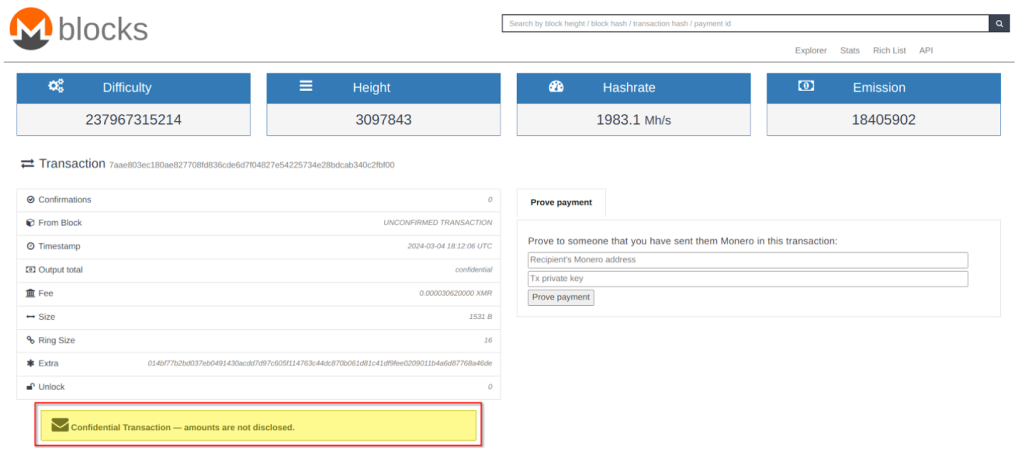
Some popular privacy coins include the following.
- Monero (XMR)
- Zcash (ZEC)
- Dash (DASH)
- Oasis Network (ROSE)
- Decred (DCR)
In 2020, the IRS published a request for information (RFI) encouraging third parties to help the agency with efforts in tracking transactions for Monero, Dash, and several other privacy-based crypto coins, chains, and sidechains.
Gaming Coins
Web3 gaming continues to gain popularity, with gaming coins at the center of the excitement. So, what is a gaming altcoin? A gaming altcoin typically falls into one of two categories.
Tokens like SAND, used by The Sandbox, provide an in-game currency useful for buying game assets like NFTs or transacting with other players. Other coins represent the blockchains used by web3 games.
For example, the Immutable X (IMX) token currently has a market capitalization of more than $4.3 billion.

Some popular gaming coins to consider include the following.
- Immutable X (IMX)
- Multiverse X (EGLD)
- Beam (BEAM)
- The Sandbox (SAND)
- Axie Infinity (AXS)
- Gala (GALA)
- Decentraland (MANA)
In many cases, gaming tokens perform double duty as governance tokens, allowing token holders to vote on proposals for the protocol or chain.
Utility Tokens
Utility tokens cover a broad range of applications but serve a specific purpose within a particular protocol or blockchain. For example, ETH is a utility token used to pay for the computing power used by transactions on the Ethereum blockchain. On a smaller scale, the Basic Attention Token (BAT) is used to tip creators, posters, or commenters through the Brave browser.
Other examples of utility tokens include Uniswap (UNI) and Abitrum (ARB), both of which serve as governance tokens that allow token holders to vote on proposals. A recent proposal to let UNI token holders share in revenue from the Uniswap decentralized exchange caused the UNI token value to surge 50% within 24 hours.
Several top utility tokens include the following.
- Fantom (FTM): Native token for the Fantom blockchain network
- Polygon (MATIC): Used to govern the Polgon network and pay network fees
- Aave (AAVE): Used in governance and staking to provide an insurance fund for Aave protocol
- Radiant (RDNT): Provides governance and access to protocol revenue
- Injective (INJ): Powers the finance-focused Injective blockchain network
Decentralized Finance (DeFi) Tokens
DeFi tokens refer to tokens used in decentralized finance applications, ranging from lending and borrowing protocols and decentralized exchanges. However, you’ll find some overlap with utility tokens, the distinction being that DeFi tokens focus on a specific category of utility (DeFi). DeFi tokens also span a range of use cases, including staking tokens, governance tokens, and utility tokens.
For example, Lido Staked Ether (STETH), a DeFi token, recently broke into the top ten cryptocurrencies. The Lido protocol uses smart contracts to exchange staked ETH, which must be unstaked to use or sell, for liquid tokens that can be sold, spent, or used as collateral.
LINK, the token for Chainlink, offers another example. Chainlink provides DeFi protocols with data from the outside world, such as current prices. DeFi protocols like Aave depend on this data for use in smart contracts.
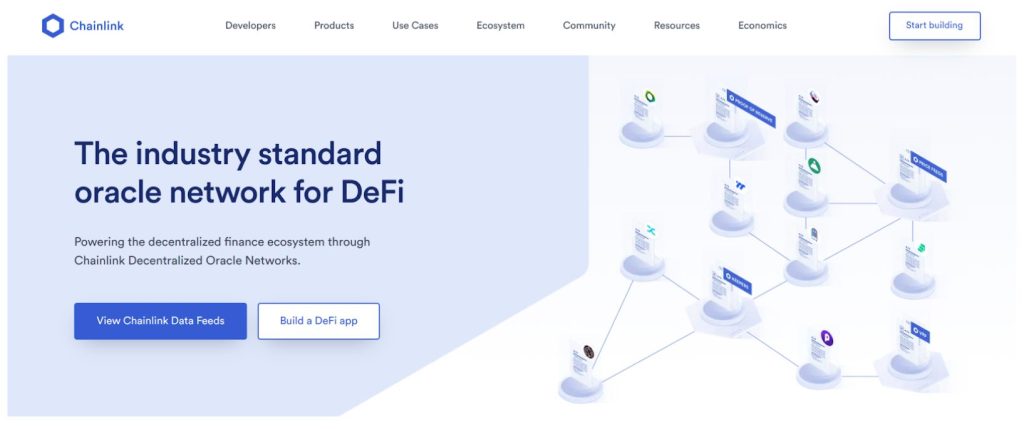
In Aave’s case, pricing data allows the Aave protocol to manage loan-to-value (LTV) for crypto-backed loans.
Meme Coins
Meme coins are the class clowns of the crypto world — fun and popular but not always the best long-term bet. Most follow a theme, such as the Shiba Inu fandom of Dogecoin or the notably chill PEPE, named after Pepe the Frog. The Solana-based BONK token and Shiba Inu provide yet more examples of dog-based meme coins.
But the irreverence of meme coins doesn’t mean these coins and tokens don’t have staying power or can’t provide serious returns. Scores of Dogecoin millionaires beg to differ.
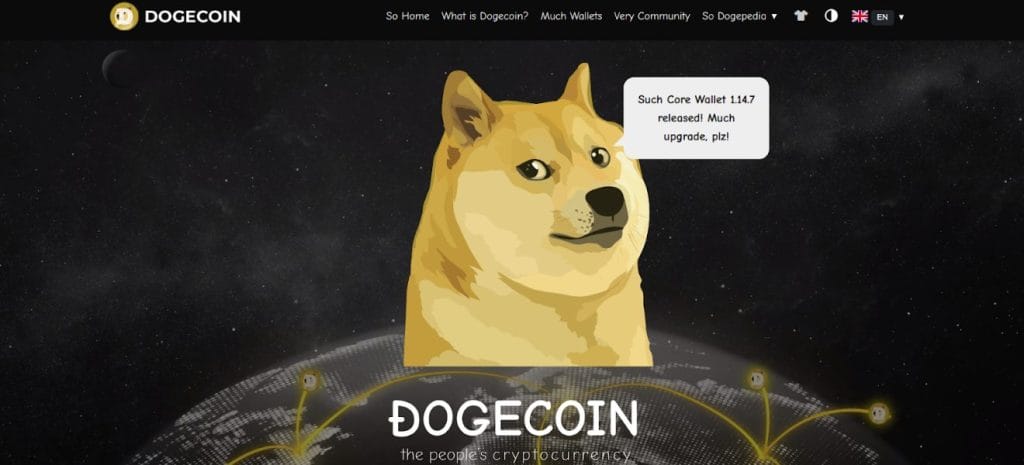
Shiba Inu, a token inspired by the Dogecoin mascot, went from a popular meme coin trading for a fraction of a penny to building the Shibarium blockchain, complete with its own tokens — although SHIB still trades for a fraction of a penny.
Meme coins are capable of explosive price movements. As of this writing, SHIB holders enjoyed a 221% price increase over the past seven days as the value of each SHIB rocketed from $0.0000159 to $0.000034. Timing can be much more important with meme coins, however. To use SHIB as an example again, after reaching an all-time high of $0.00008616 in 2022, SHIB fell as low as $0.000006754 in 2023, losing 80% of its value.
What are the Biggest Altcoins?
If you’re considering investing in altcoins, the largest altcoins by market cap can provide a starting point. These crypto assets have a worldwide trading base, allowing you to trade in and out as needed. Many have also achieved their measured-in-billions market caps by providing a solid use case.
- Ethereum (ETH)
- BNB (BNB)
- Solana (SOL)
- Ripple (XRP)
- Lido (STETH)
- Cardano (ADA)
- Dogecoin (DOGE)
- Shiba Inu (SHIB)
- Avalanche (AVAX)
- Polkadot (DOT)
- Tron (TRX)
The best altcoins offer proven track records and exceptional liquidity due to a worldwide trader base. However, it may be less likely that the stellar gains that drove these cryptos to the top will continue at the same rate. Like Bitcoin, price growth may slow.
Should You Invest in Altcoins?
Bitcoin may continue to rise. However, select altcoins may provide greater returns over time. Altcoins also offer a way to diversify your crypto portfolio and enjoy gains at staggered time frames. Altcoins often see price action at different times than Bitcoin, giving rise to the term altcoin season, which refers to when leading altcoins outperform Bitcoin in percentage gains.
Diversifying Your Portfolio
Because altcoins may see price surges at different times than Bitcoin, dedicating part of your portfolio to altcoins can help you see more frequent growth in your portfolio. Additionally, news can affect cryptocurrency prices at different times. For example, a recent 50% gain within 24 hours for UNI far outperformed Bitcoin and most other cryptocurrencies.
High Growth Potential
Bitcoin is expected to continue its gains, although future returns may not mirror the early days when Bitcoin rose from pennies to over $1,000, later reaching nearly $70,000. Smaller yet promising altcoins might still offer a chance to mint money if you choose well when buying altcoins.
Special Use Cases
Some cryptocurrencies solve a problem. Ethereum, for example, allows decentralized finance applications to flourish. However, Ethereum is slower and costlier than many blockchains, creating opportunities for networks like Solana. Similarly, Bitcoin, with its 10-minute block times, is notably slow and costly. This could make room for fast and inexpensive peer-to-peer networks like Kaspa to find a niche in smaller payment applications.
Conclusion
Altcoins offer growth opportunities that may be less likely with Bitcoin and provide a way to diversify your crypto portfolio. However, it’s important to study the use case of each as well as its adoption rate and potential headwinds before making a long-term investment.
The price volatility found with altcoins also creates trading opportunities, particularly for meme coins, which can move 20% or more in a trading day.
FAQs
What is an altcoin?
An altcoin is any cryptocurrency besides Bitcoin.
What are the top 5 altcoins?
The top 5 altcoins by market capitalization are Ethereum (ETH), BNB, Solana (SOL), Ripple (XRP), and Cardano (ADA). However, this list omits stablecoins, which are pegged to the value of another currency, such as the US dollar. The leading stablecoins are Tether (USDT) and US Dollar Coin (USDC).
Is Solana an altcoin?
Yes, Solana is an altcoin. By the most common altcoin meaning, all cryptocurrencies besides Bitcoin are altcoins.
Is Ethereum an altcoin?
Yes, Ethereum is an altcoin. By the most common altcoin meaning, all cryptocurrencies besides Bitcoin are altcoins.
What is the point of altcoins?
Ever asked yourself the question ‘what are altcoins used for?’ The use cases for altcoins range from utility tokens that perform a specific function on a blockchain or protocol to meme coins, many of which were just made for fun. In many cases, altcoins can provide higher returns compared to Bitcoin. However, the risk may also increase.
What is the difference between Bitcoin and altcoins?
Bitcoin was the first cryptocurrency to achieve meaningful use. Other cryptocurrencies, such as Ethereum, Bitcoin Cash, or Solana, are considered to be altcoins or alternatives to Bitcoin.
References
- The Weirdest Prediction Markets on Augur Right Now (finance.yahoo.com)
- Number of cryptocurrencies worldwide from 2013 to January 2024 (statista.com)
- Circle Reserve Fund (blackrock.com)
- Pilot IRS Cryptocurrency Tracing (sam.gov)
- Uniswap’s UNI Rallies Over 50% After Revenue-Sharing Governance Proposal (finance.yahoo.com)

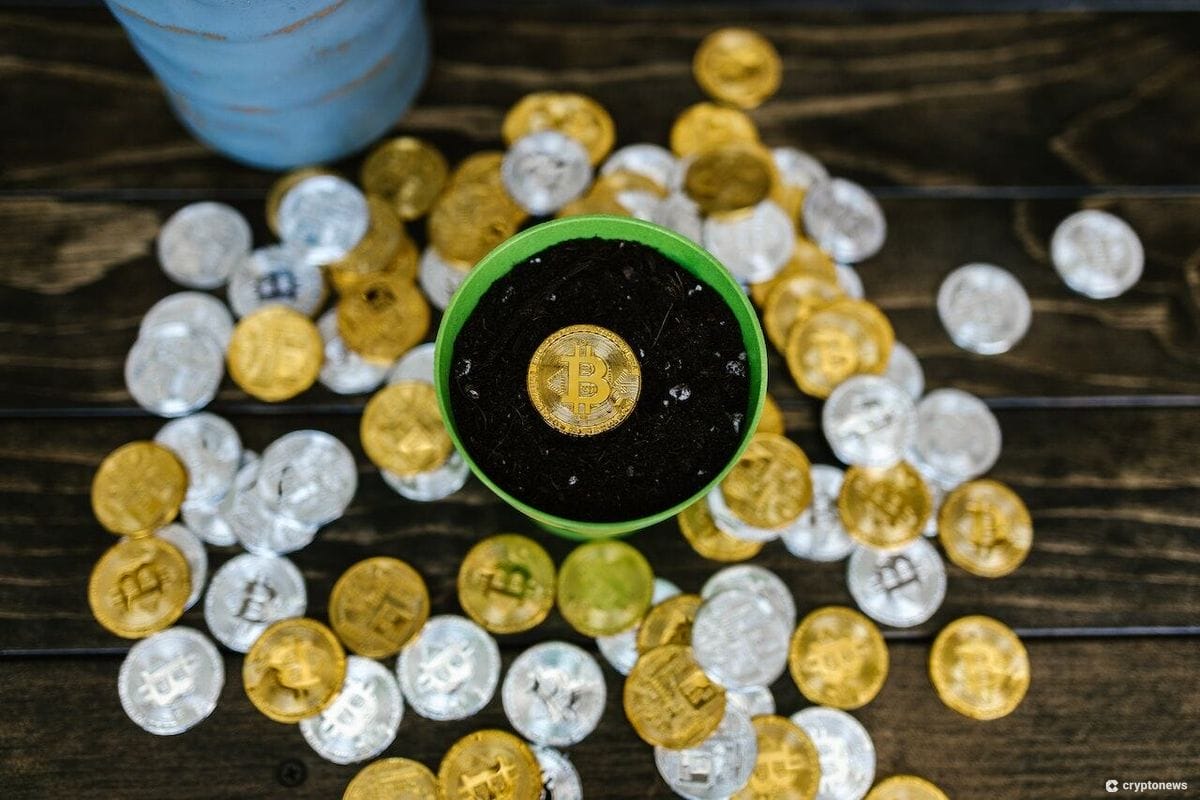
 Connor Brooke
Connor Brooke 

 Nick Pappas
Nick Pappas 
 Eliman Dambell
Eliman Dambell